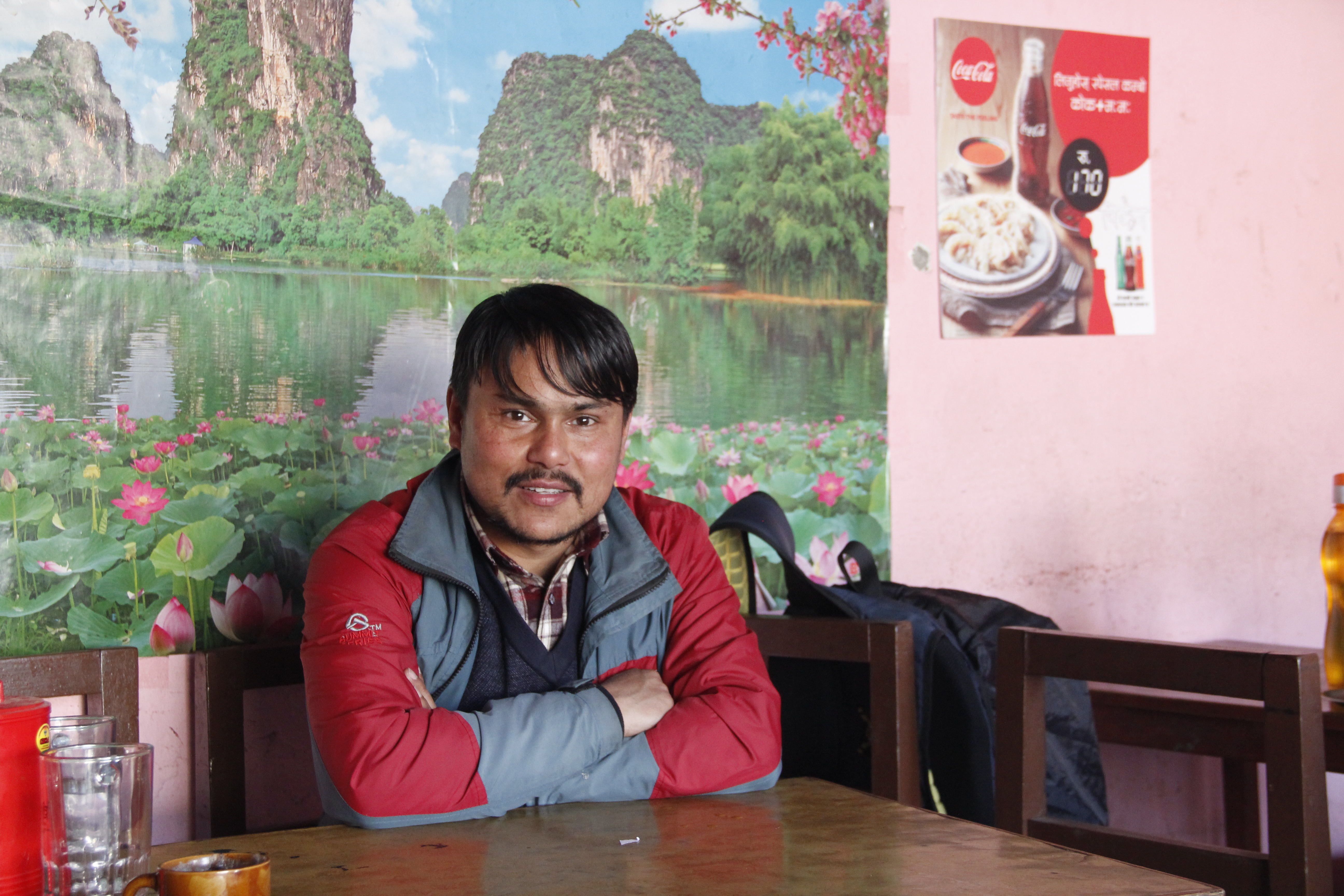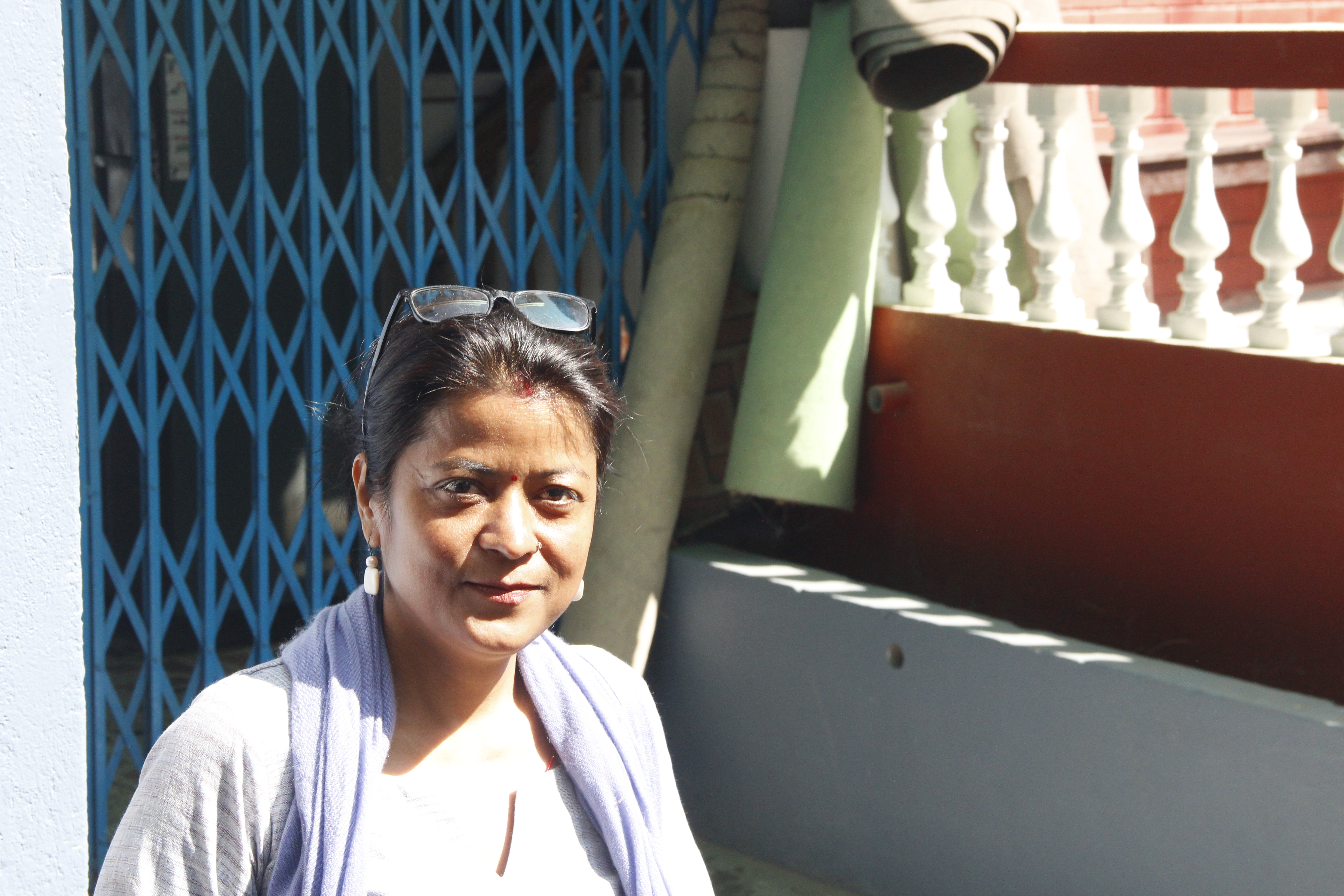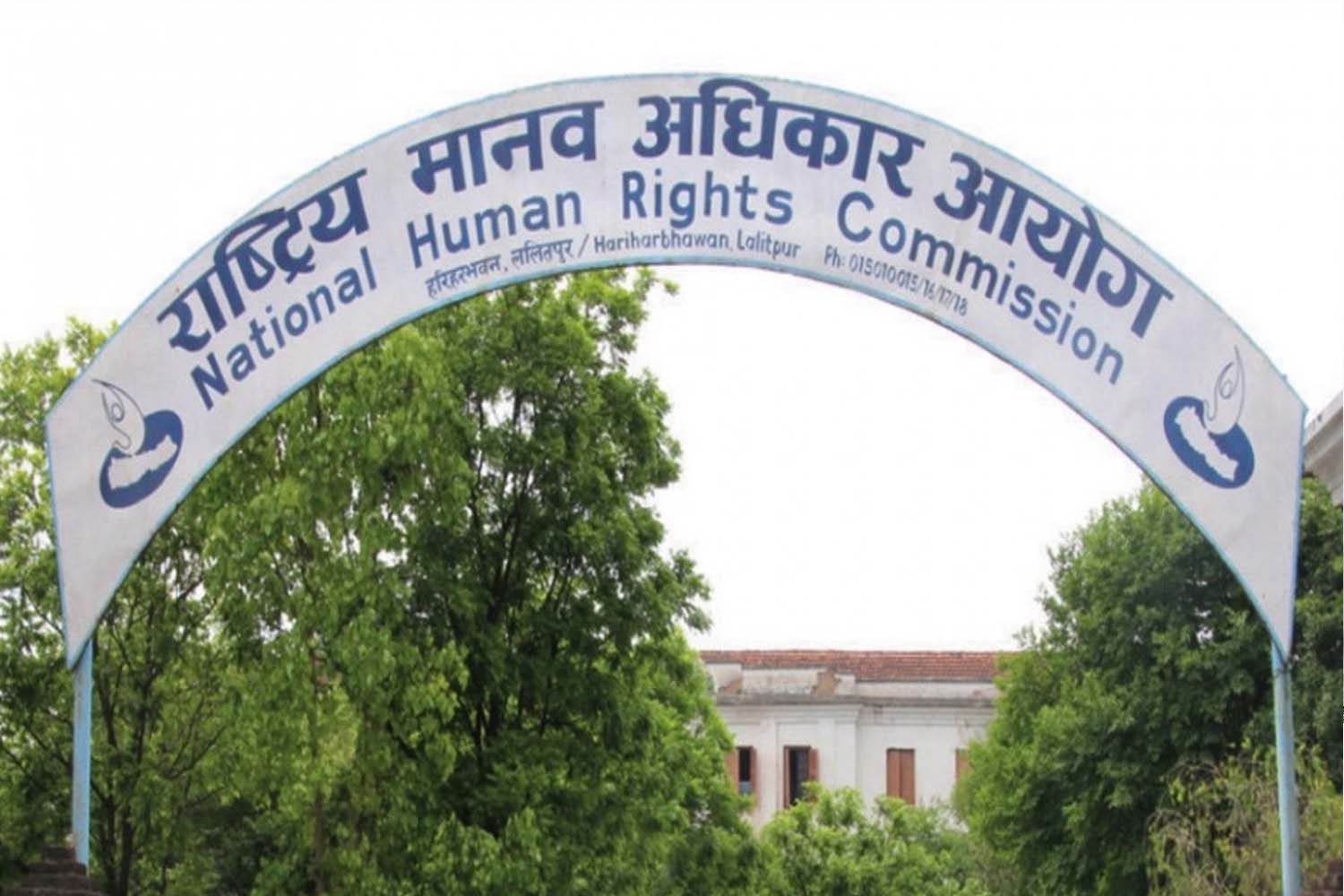Not all disabilities are equal in Nepal

The rights of persons with disabilities in Nepal are primarily negotiated through the umbrella organization National Federation of the Disabled Nepal (NFDN). The organization works hard to shed light on the rights of persons with disabilities, and the human rights-based law that was passed in 2017 would not exist without it. But not everyone fully benefits from the organization.
There are voices within the movement that advocate an intersectional view of inclusion and human rights. That is, the importance of being aware that a person may experience multiple discriminations at the same time. Persons with disabilities from the indigenous population, persons with intellectual disabilities, or those who live in remote rural areas are just a few examples of groups that experience multiple discriminations. However, the intersectional view of inclusion is currently not much in vogue.
Unfortunately, a movement whose mission is to work for human rights is not immune from traditional values and social structures regarding caste, gender and ethnicity. The leaders of the NFDN are mostly from upper castes and from groups of the most common disabilities— blind, deaf/hard of hearing and physical disabilities.
The 2017 law was a big step in the direction for a more equal Nepal. However, after the law was approved, progress within the disability movement slowed. Changes still happen, but new voices are mostly kept out.
“There is a hesitation to include new groups,” says Krishna Gahatraj, who has been active in the movement for several years. “Dalits and ethnic groups do not have the opportunity to speak up about their special needs within the disability issue.”
Gahatraj also points out that most activists in Nepal's civil society are connected to political parties, which hinders a critical approach to social development. “As most activists are also linked to political parties, they must also follow the agenda of their party and cannot criticize how politics is conducted,” Gahatraj continues.
Disabilities occur regardless of social status, but these hierarchies are still brought into NFDN unintentionally. Which means that there is an uneven distribution of power within the disability movement.
“NFDN seems equal on paper, but in practice it is governed by only a few people,” claims Padam Bahadur Pariyar, a consultant within the disability inclusion sector.
The disability movement is versatile, with great diversity in both the type of disability as well as in class, gender, caste, and ethnicity background among its members. When the main task of NFDN is to fight for the rights of persons with disabilities, it is easily forgotten that those with additional burdens may need to be specifically highlighted.
In the disability movement, the blind, deaf/hard of hearing and groups with physical disabilities have gained an advantage. They are among the most common types of disabilities and thus make up the majority of NFDN's members. They are more organized as these disabilities are relatively easy to detect and their organizations have received international support for a long time. Additionally, compared to persons with intellectual disabilities, they can more easily speak up for themselves.
This means that an internal competition emerges between the representatives of different types of disabilities. Activism is after all about attention, and within an organization the size of NFDN, you must compete for attention and the opportunity to express your needs to focal persons.
Shila Thapa, founder of Down Syndrome Society Nepal, has long tried to argue that the board should be more attentive to the needs of persons with Down.
“I talk to the leaders of NFDN about raising our issues. They are always positive at the time, but nothing happens,” she says.
When I have myself tried to discuss this issue with NFDN leaders, they deny competition between groups. The topic is not a popular one and I get fleeting answers.
Elite capture is common in human rights movements. This means that the already strong groups gain strength from development work, they benefit more from education and can become better at presenting their needs. Divya Gurung, long-time consultant for international organizations, has seen it many times.
“Most often, it is the groups who already have resources, such as money or knowledge, who benefit from development work,” she says. “It is very difficult to reach the most vulnerable.”
This problem is far from unique to the disability sector. It is something that affects all of Nepal, including NFDN.
Continuing to develop the movement allows greater opportunities to gain extended rights and a chance to create an accessible society for all—regardless of where in the country you live or which ethnic group you belong to.
“If change is to happen, words must turn into action, and the attitude towards inclusion must change,” says Ghataraj. “We need to meet and discuss different categories of disability, in order to create an understanding of the other's situation.”
In an environment where politics is fragile and irregular, and where rights are recently achieved, it is perhaps not strange that you protect your own and the little you have attained. However, it is important that new groups are invited to enjoy the benefits. Which would mean that everybody gets a small piece of the cake, instead of a few having a hand full. But it can also mean that everyone gets more in the long run, due to strength in numbers and diversity.
It is a long-term process, where the stronger groups must take the first steps.
The author has an MSc in Global Studies from the University of Gothenburg, Sweden
related news
Kathmandu ranked world's most polluted city again with AQI 162
May 2, 2024, 3:39 p.m.
Elderly couple dies in Dhading fire
May 2, 2024, 10:14 a.m.
Weather to remain partly cloudy in hilly region; fair in remaining areas
May 2, 2024, 9:31 a.m.
NICCI launches a hand book for Indian investors
May 1, 2024, 3:09 p.m.
135th May Day: NHRC calls for promoting labor rights
May 1, 2024, 2:02 p.m.
One more person injured in the Lalitpur fire dies
May 1, 2024, 11:20 a.m.
International Worker Day or May Day being celebrated today
May 1, 2024, 9:27 a.m.












Comments